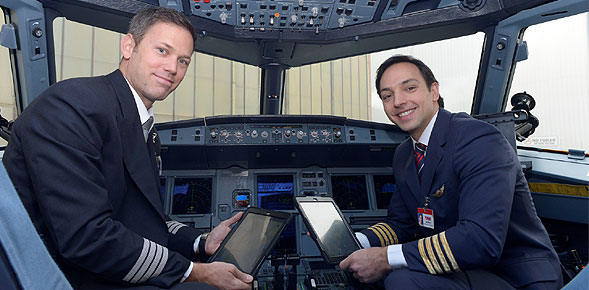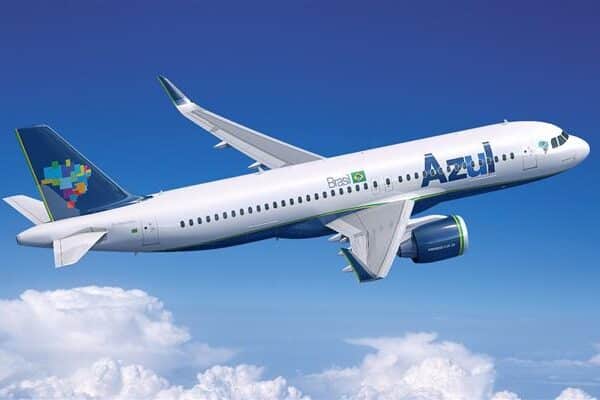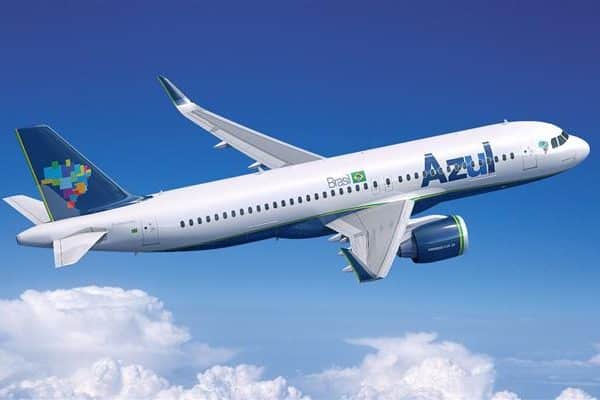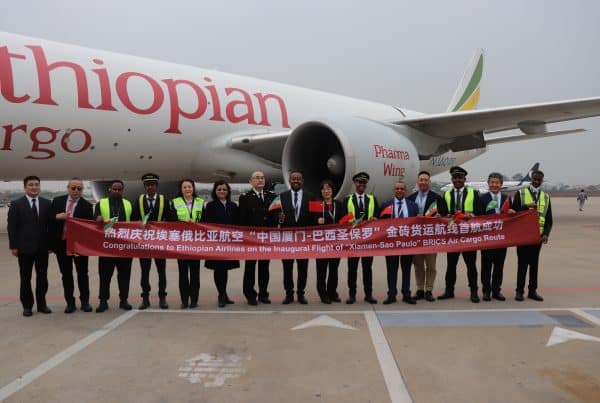TAM and LAN, the LATAM Airlines Group, decided to give tablets to its commercial crew endowed with applications specially designed to facilitate and improve information management of operations on each flight, as well as onboard service.
“With this project, we aim to improve not only the experience that our guests have, but also to deliver better tools for our crews, reducing data processing time, costs, increasing effectiveness rates of our operations and optimizing the delivery of our service on board, “said Jorge Ihnen, vice president of LATAM Airlines Group operations.
The new system will streamline the management information of each flight, reducing from 15 days to only one data processing time in some cases, allowing, in turn, a saving of over a hundred thousand paper sheets per month.
Added to this, the company expects to generate significant savings in fuel usage and thereby reducing its CO2 emissions by about three thousand tons per year, since, with these projects, it eliminates the weight of computers and documents aboard the aircraft.
Project for cabin crew
TAM and LAN have already delivered more than two thousand tablets to their service chiefs on board, allowing them to have in one place and in digital form, all the information necessary to make their operations, such as data from pre flights, information service on board and their work teams.
Currently, the group is implementing the second phase of this project through which the cabin crew will have more information in flight, for example, an interactive seating chart, with passenger information, catering services, details of passengers frequently board and which special care required, among others.
Since the beginning of the year, TAM and LAN delivered over a thousand tablets to its pilots with applications and software specially designed to replace printed reference materials the pilot takes into his flight bag: here are included navigation charts in digital format (to determine the route and the height [altitude] to follow), manuals, flight certificates and applications for operational performance calculation.
Within the main benefits, this design reduces the paper on board, improving the flying experience of the pilots, as it allows them to have better situational awareness in flight and more efficient navigation. It also reduces the update times from two weeks to two days and frees up space on the flight deck.
The companies expect to complete the implementation of this project in the first quarter 2016 providing over 300 aircraft and five flight simulators, all of its pilots with this technology.




